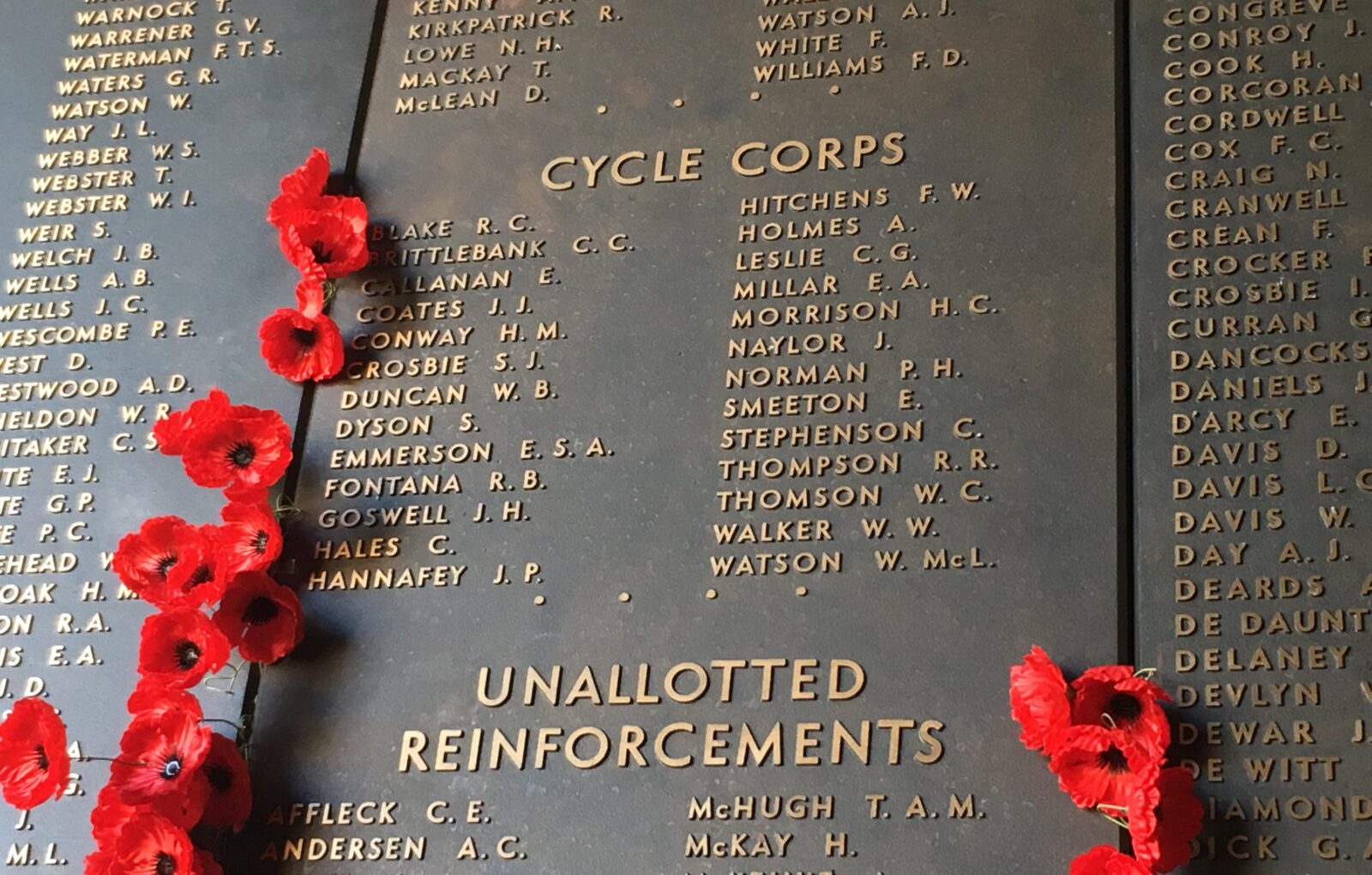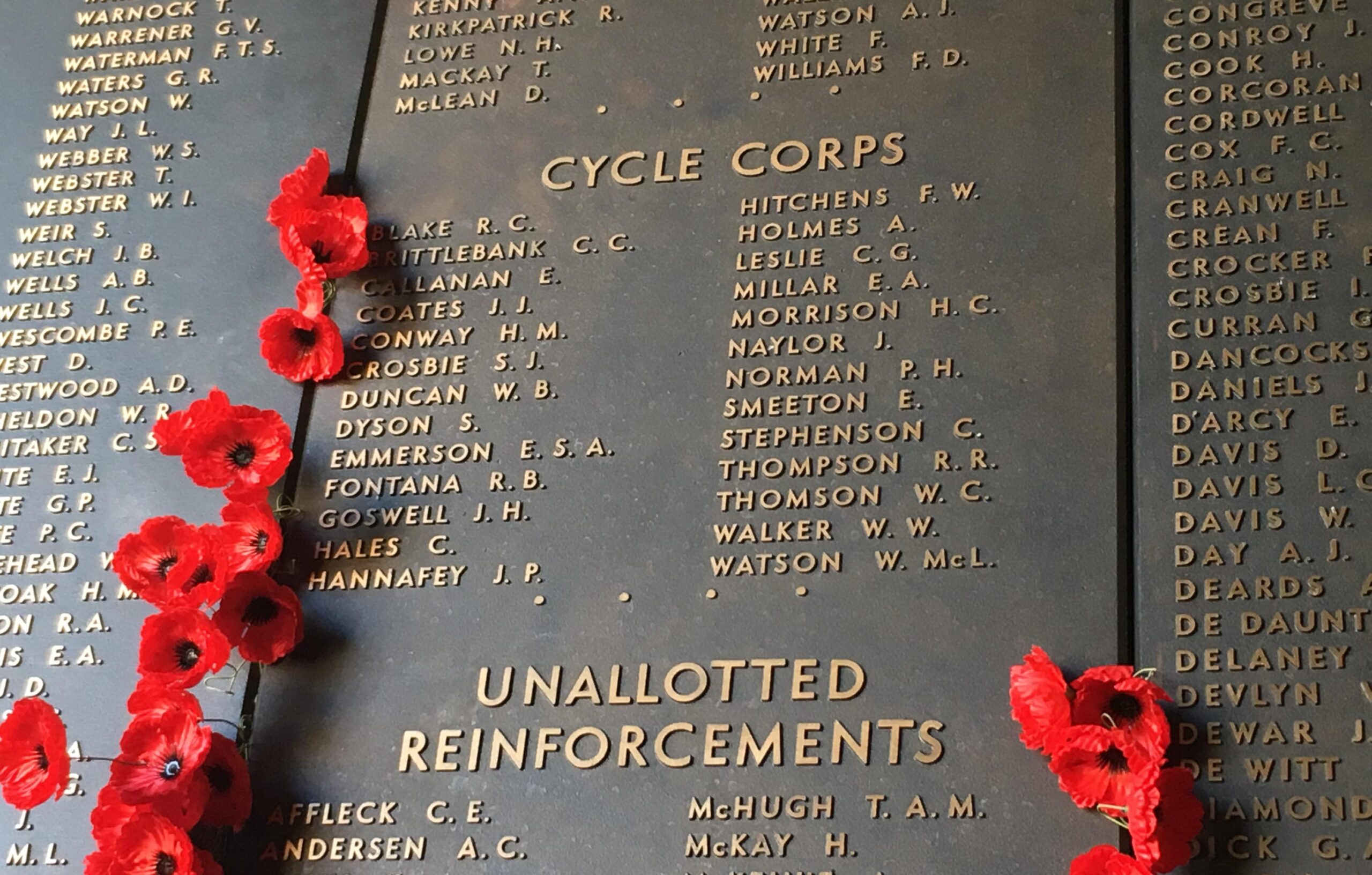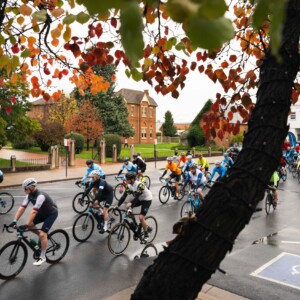On the eve of Anzac Day (a holiday in Australia commemorating the battle at Gallipoli during the First World War), I thought it would be fitting to discuss the role of the humble bicycle in the conflict.
Today, bike technology has changed dramatically from the bikes that were being used in the Cycle Corps and beyond during the First World War. The steel-frame bikes were very basic, with no shock absorbers or even gears. The soldiers wore the standard AIF Uniform, which would have been uncomfortable and inflexible on a bicycle.

It is not well known that the AIF had cycling units that were used in many of the major battles during the First World War, such as Messines in June 1917 and Passchendale in July 1917. These units were deployed to the front line and undertook cable burying, traffic control, and reconnaissance work.
The bikes were issued from England and manufactured by the Birmingham Small Arms Company, better known as BSA. This company was also a major British arms and ammunition manufacturer. The soldiers were issued with standard-issue rifles, which they could attach to the down tube of their bike or swing across their back.
The models of the bikes ranged from the Mark I through to the Mark IV. If you were lucky, you were issued with a Mark IV. This bike had a free-wheeled hub, which means you could coast without having to pedal constantly – as with the Mark I to III. Those models had a fixed hub, which in today’s terms would be called a Fixie – or Track bike, which are much harder to ride. The Mark IV was also issued with a hand-operated rear brake.
The terrain these soldiers had to endure seems impossible to contemplate: riding through mud and rubble while under constant threat of shellfire. These bikes did not have the luxury of knobbly tyres like today’s off-road bikes, but they would have been a standard military issue with little or no grip.

The AIF cycling units have often been forgotten in military history, but the humble bicycle played a very important role in the logistics of warfare. The bike’s simplicity made transportation quick and reliable. Even in 2008, the Australian Military was using bicycles in East Timor to improve the flexibility of field patrols with a unit called the Bicycle Infantry Mounted Patrol (BIMP).
Tomorrow, as you leave the Dawn Service and take the opportunity for a morning ride, remember our diggers, past and present.
Nicola Rutzou – a long-time contributor and, most recently, the editor of Bicycling Australia. Nicola is a keen Sydney-based road cyclist who writes reviews, news, and destination pieces, as well as the weekly e-newsletter for BA online.


